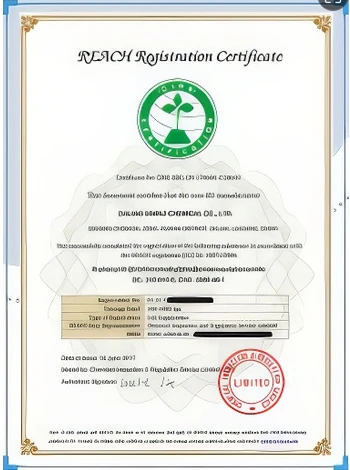



Chemicals Employed in Water Purification Processes and Their Effectiveness
Chemical Used in Purification of Water
Water is an essential resource for life on Earth, and its purification is critical for public health, environmental sustainability, and economic development. As populations grow and industrial activities expand, the demand for clean water has intensified, making effective water purification methods increasingly important. Various chemicals are commonly used in the water purification process, each serving a distinct purpose to ensure the removal of contaminants and pathogens, contributing to the safety and quality of drinking water.
One of the most widely used chemicals in water purification is chlorine. Chlorine is a powerful disinfectant that is effective at killing bacteria, viruses, and other pathogens that can lead to waterborne diseases. The use of chlorine in water treatment dates back to the early 20th century and has significantly reduced the incidence of diseases such as cholera and typhoid fever. Chlorination typically involves the addition of chlorine gas or hypochlorite compounds to water, which then creates a chlorine residual that continues to disinfect the water as it travels through the distribution system.
Chemical Used in Purification of Water
Another important group of chemicals used in water purification is coagulation and flocculation agents. Substances such as aluminum sulfate (alum) and ferric chloride are commonly employed to promote the agglomeration of suspended particles and colloids in water. When these coagulants are added to water, they destabilize the particles, allowing them to clump together into larger aggregates, known as flocs. The flocs can then be removed through sedimentation or filtration, resulting in clearer and cleaner water. This process is especially crucial for removing turbidity and organic matter from surface water sources, which can be high in pollutants.
chemical used in purification of water

In addition to coagulation, poly-electrolytes are often utilized in the water purification process. These polymers can enhance the flocculation process, allowing for improved settling of particles and more efficient removal of contaminants. Their application has financial benefits as well, as they can reduce the amount of coagulants needed and lead to lower operational costs for water treatment facilities.
Moreover, in situations where removing dissolved solids is necessary, chemicals such as lime (calcium hydroxide) are valuable. Lime is often used for softening water to remove hardness caused by calcium and magnesium ions. The softening process typically involves the precipitation of these ions, leading to a reduction in scale formation within pipes and appliances, ultimately extending their lifespans.
Another common method for water purification is using ozone. Ozone is an exceptionally strong oxidizing agent that can effectively eliminate bacteria and viruses from water. Additionally, ozone contributes to the breakdown of harmful organic substances and is increasingly being used as an alternative to chlorine in water treatment processes. Unlike chlorine, ozone breaks down quickly in water, leaving no harmful residuals, which makes it an appealing choice for many treatment facilities.
Lastly, ultraviolet (UV) light is another effective water purification technology. It works by exposing water to UV light, which penetrates the cells of microorganisms and disrupts their DNA, preventing them from reproducing and causing disease. UV treatment is becoming more common due to its ability to disinfect without the use of chemicals, thereby eliminating concerns about chemical byproducts. However, it requires clear water for optimal effectiveness and is often used in conjunction with other purification methods to ensure comprehensive treatment.
In conclusion, water purification is a multifaceted process that relies on various chemicals to ensure the safety and quality of drinking water. From disinfectants like chlorine and ozone to coagulation agents and UV light, each chemical plays a critical role in removing contaminants and protecting public health. As innovations in water treatment technology continue to develop, the selection and application of these chemicals will evolve, further enhancing the efficiency and effectiveness of water purification methods around the globe.
-
Why Sodium Persulfate Is Everywhere NowNewsJul.07,2025
-
Why Polyacrylamide Is in High DemandNewsJul.07,2025
-
Understanding Paint Chemicals and Their ApplicationsNewsJul.07,2025
-
Smart Use Of Mining ChemicalsNewsJul.07,2025
-
Practical Uses of Potassium MonopersulfateNewsJul.07,2025
-
Agrochemicals In Real FarmingNewsJul.07,2025
-
Sodium Chlorite Hot UsesNewsJul.01,2025










